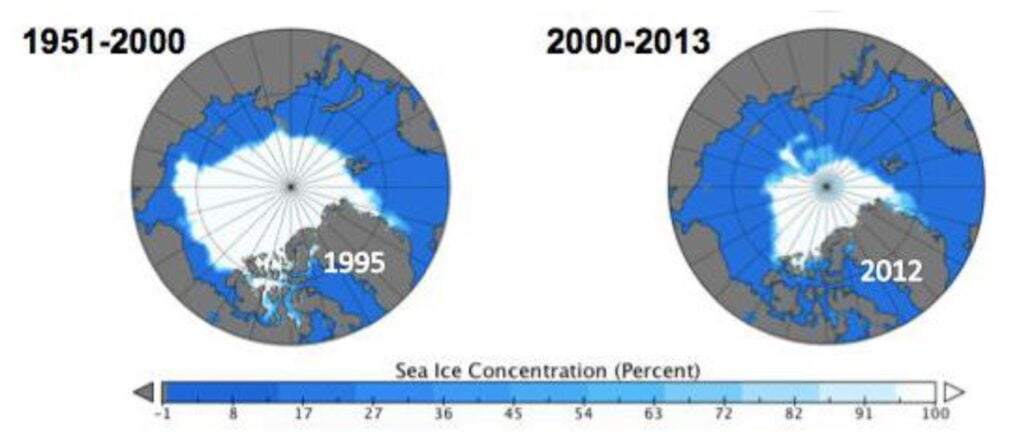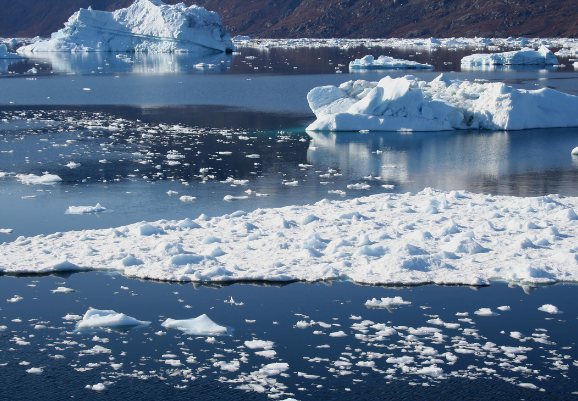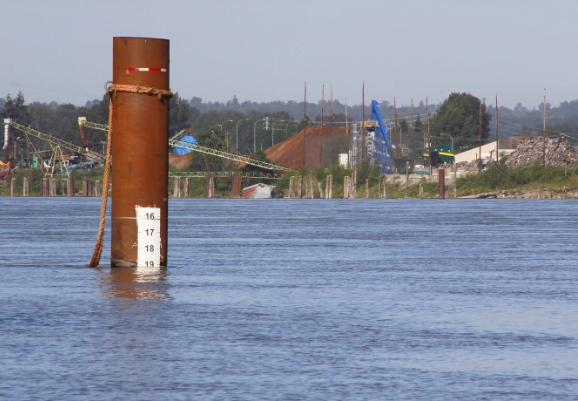The increasing global temperature due to human-induced climate change is causing ice in the Arctic to melt, particularly over the summer season, July to September.

In September 1999, there was 6.2 million km2 of Arctic sea ice.
In September 2015, there was 4.6 million km2 of Arctic sea ice.
Work out the percentage decrease in Arctic sea ice from September 1999 to September 2015.
[3 marks]








